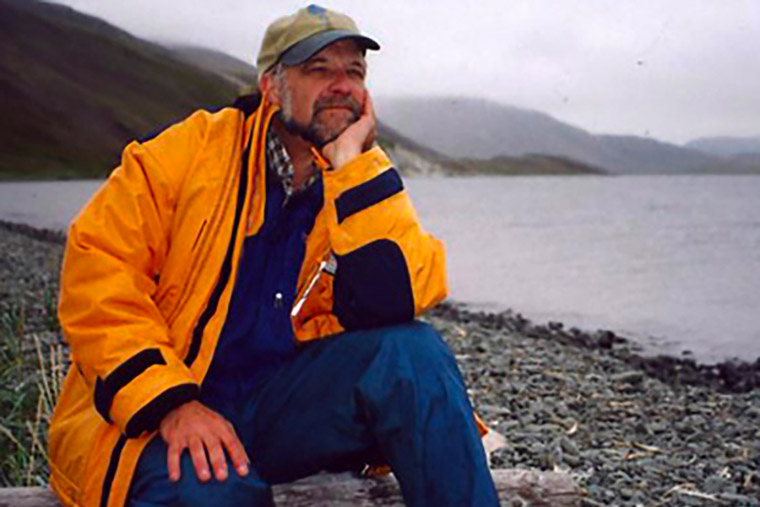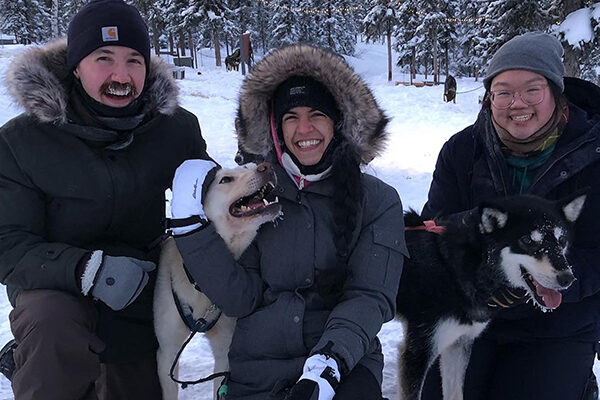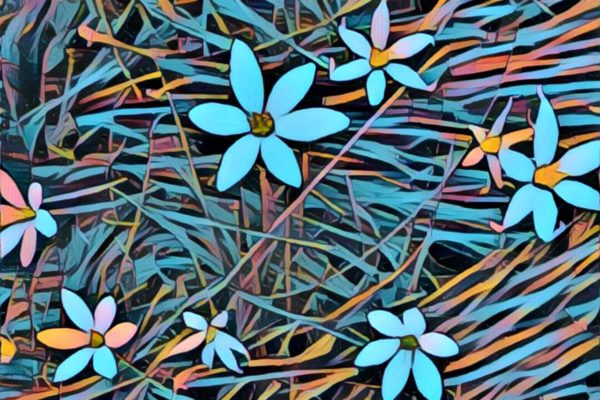As an undergraduate, Lawrence Millman, AB ’67, would sometimes sleep in Forest Park to get away from dorm life. “I didn’t like crowds. I didn’t like communal living. I didn’t like the noise,” he says. “I liked the outdoors, so it was a perfect place for me to go occasionally.” Millman’s penchant for the outdoors would eventually lead him to a career as a traveler and explorer. “I slowly got interested in exploration as an alternative way of life, in the same way that I regarded sleeping in Forest Park as an alternative way of life.”
The author of 18 books, Millman has traveled along ancient Viking sea routes, spent time in the Ecuadorian Amazon with former headhunters, interviewed elders in the Arctic, collected oral histories in the west of Ireland, investigated a series of 1941 murders in Hudson Bay as well as documented fungi around the world. His writing often displays the startling immediacy of lived experience. “I’ve spent a lot of time as a travel writer, especially in remote places — places off the map,” he says.
Always interested in exploration, Millman came to WashU determined to pursue archaeology. “There was a fellow named George Mylonas, a famous archaeologist,” he says. “I wanted to study with him but arrived only to discover he’d taken a two-year sabbatical.” With Mylonas — the founding chair of the Department of Art History and Archaeology in Arts & Sciences — nowhere to be found, Millman switched to English, which paved his way to becoming a writer.
After completing a PhD in English at Rutgers University, where he wrote a dissertation about H. Rider Haggard — a popular 19th-century English adventure novelist interested in faraway places — Millman took his interest in exploration a step further and became an explorer himself. “I finally got tired of academia and classrooms and reading books, and I got interested in the opposite: oral cultures,” he says. “I went to live in the west of Ireland and wrote my first book, Our Like Will Not Be There Again.
The book, originally published in 1977, centers on the dying art of storytelling due to the arrival of television. “We’ll sit and watch television or sit in front of computers rather than communicate with each other,” he says. “That is a major theme in my first book, and it’s also a theme in virtually all of my other books.”
Storytelling is something Millman values highly. “I spent a lot of time in the Arctic collecting Inuit folktales. The resulting book was A Kayak Full of Ghosts (1987). And that has been in print almost continuously for 35 years.” It includes stories about children who grow antlers and men who marry rocks.
Last Places: A Journey in the North (1990) followed. A kind of travel book, it gave Millman the chance to retrace the journeys of the Vikings, traveling through Norway, Shetland Islands, Faroe Islands, Iceland, Greenland, Labrador and Newfoundland, and documenting his encounters with the sometimes eccentric local folks he found along the way.
His interest in fungi, a topic on which he has now written three books — Fascinating Fungi of New England (2011), Giant Polypores & Stoned Reindeer (2017), and Fungipedia: A Brief Compendium of Mushroom Lore (2019) — materialized one fateful night when he spotted a bioluminescent mushroom. “It’s called a jack-o-lantern. It’s not a bright light, it’s just a light blue, green light. And I had an epiphany.” He now collects mushrooms year-round and leads mushroom walks all over the United States and Canada.
His study of fungi seems like a natural outgrowth of his previous experiences, a chance to be outside in solitude, ready for unforeseen adventure. “There’s infinite variety of size, shape, color and chance,” he says. “You don’t know what you’re going to find next.”



